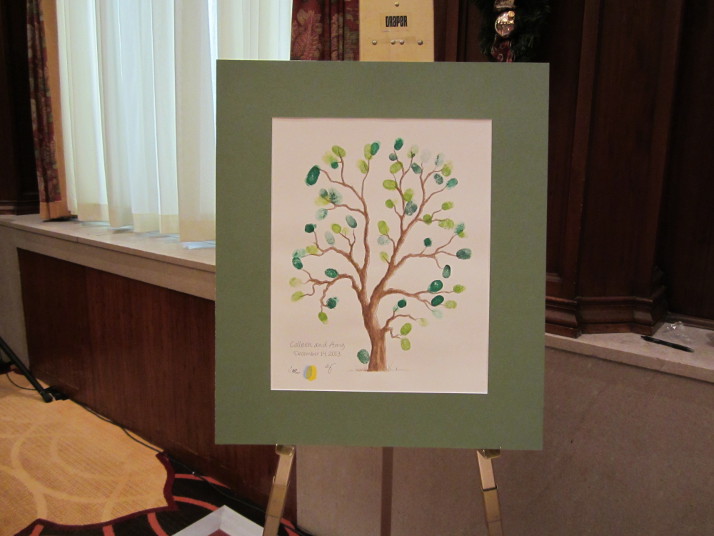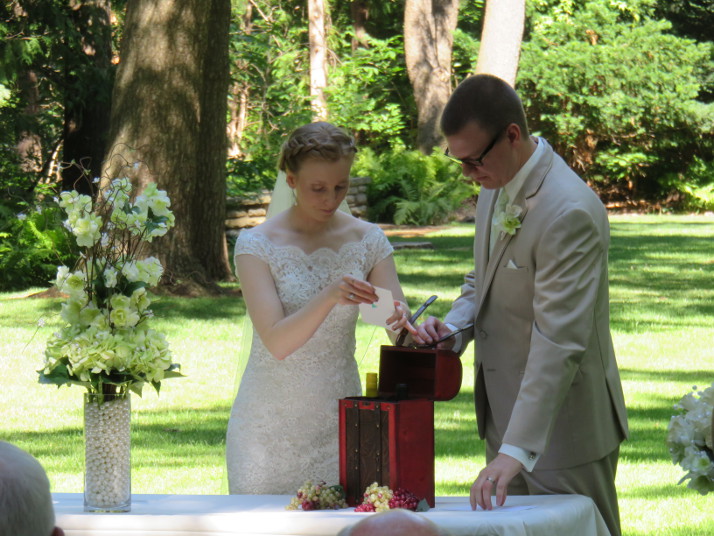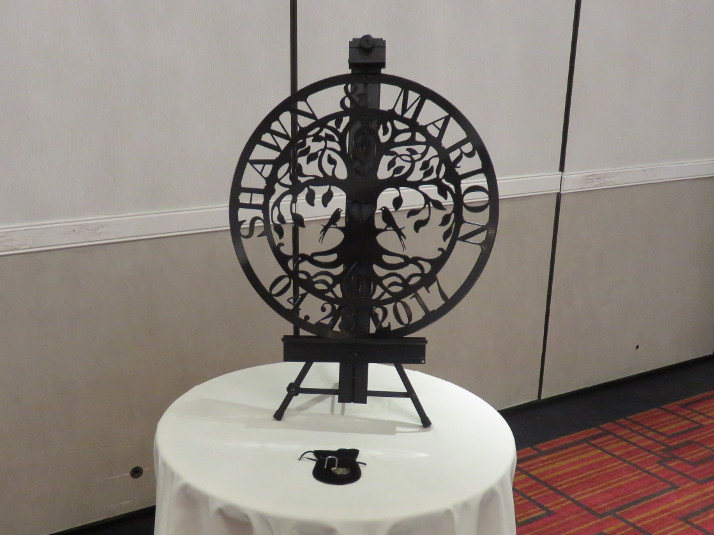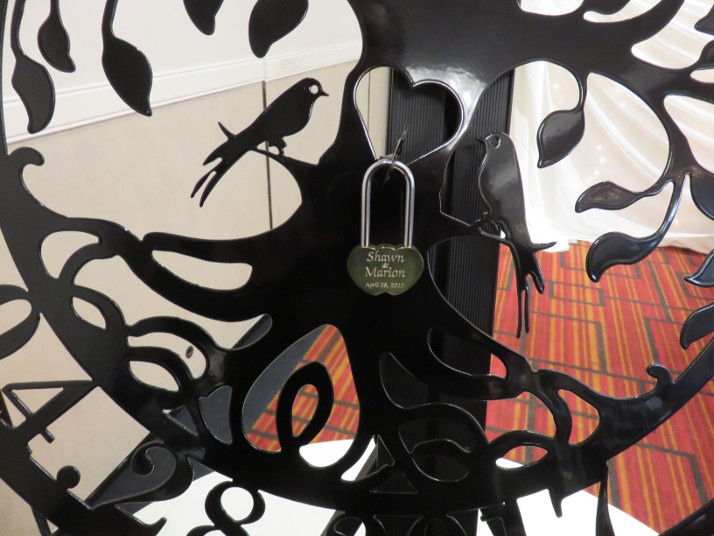Extending Your Wedding Ceremony Experience
Extending your wedding ceremony experience can make your ceremony fresh and memorable for you and your guests, and get your celebration off to a great start. Extending your wedding ceremony doesn’t mean making the ceremony itself longer, but rather offers ways to surround your ceremony with things for your guests to see and do.
Some couples are opting to offer a social hour – or half hour – before the ceremony begins. They invite guests, for example, to arrive at 4:00pm for a brief social time before a 4:30pm start time. While this is a nice idea, it can be tricky to get people to stop socializing and shift to a ceremony mindset. Know your guests here, and decide if this is a good idea for your group.
Extending your wedding ceremony experience can also be accomplished by showing a video of you as a couple before the ceremony begins. Some couples show this kind of video during their reception, but pictures showing the growth and path of your relationship can be a great introduction to your ceremony. You probably don’t want to include the “cute kids” pictures, but rather focus on the two of you together, the experiences you’ve shared, and your life together. Backed with some of your favorite music, this can be an entertaining interlude for your guests as they wait for the ceremony to begin. A caveat with this suggestion – if your ceremony is taking place outdoors, make sure the video can be seen in the sunlight.

And a final way to extend your ceremony experience is to introduce the thumbprints poster you want your guests to contribute to in place of a guestbook. These have become popular, but can be more meaningful if introduced during the ceremony as a community ritual demonstrating your guests’ support for your marriage. You and your wedding party can place your thumbprints on the poster during the ceremony, and guests can be invited by your officiant to add their thumbprints on the way into the social hour/reception space. You’ll get much better participation with this positioning and invitation from the officiant, and will have a more complete poster to hang in your home as a remembrance of the special people who shared in your special day.
As these three examples show, with a little “out of the box” thinking extending your wedding ceremony experience in ways that make it more enjoyable, more personal and more meaningful for your guests is fairly easily accomplished. Happy ceremony planning!



